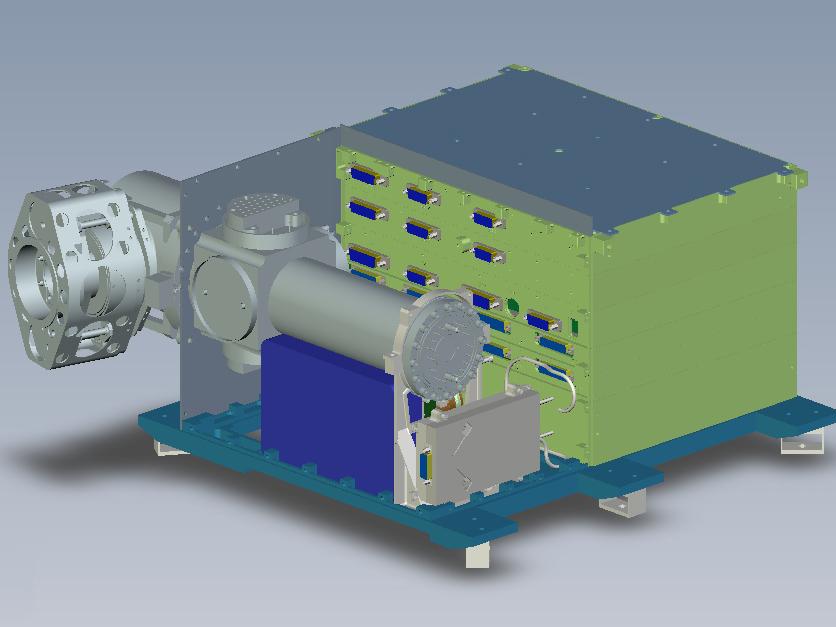
Once we’re in orbit around Mars, the NGIMS instrument will release its cover. This “break-off cap” seals the inlet to the instrument, keeping it free from possible contamination prior to beginning the science mission. Once the cap is released, it no longer is connected to the MAVEN spacecraft and will be in its own independent orbit around Mars. Do we have to be concerned about the potential for the cap to come back and hit the spacecraft at some later time?
When the cap is ejected, it moves away from the spacecraft at approximately 3 m/s. At that point, it’s in its own distinct orbit around Mars. Because it was ejected from the spacecraft, the cap’s orbit crosses the MAVEN orbit at at least one point. Thus, there is the possibility that it could eventually have a close encounter with the spacecraft on a later orbit and possibly even collide with it. It would be pretty embarrassing if a collision occurred, especially if it damaged or destroyed the spacecraft!
Our mission planning and navigation team has been working on orbit calculations to determine whether we need to be concerned about a possible collision. They’ve projected the orbits forward to see how close the cap comes to the spacecraft, and done many cases depending on possible variations in exactly how the cap is released. None of these projections show a very close encounter with the spacecraft. They can use these calculations to determine the statistical odds of a collision occurring, equivalent to carrying out a much larger number of calculations. The chances of a collision are very small over the mission lifetime, well below 1 in a million. This represents an extremely low level of risk!
We’ve also done calculations to see whether the cap could collide with the Mars Reconnaissance Orbiter or the European Mars Express spacecraft. The statistical chance is even lower than that of colliding back again with MAVEN, because these other spacecraft are in such different orbits.
Once the cap is released, drag from the tenuous upper atmosphere will cause the cap’s orbit to decay gradually over time. After about six or eight months, the cap will enter the main part of the Mars atmosphere. During this entry process, the cap heats up to well over 1000 degrees. At these temperatures, any terrestrial microbe that is along for the ride would be killed, so the risk of contaminating Mars is exceedingly small.

